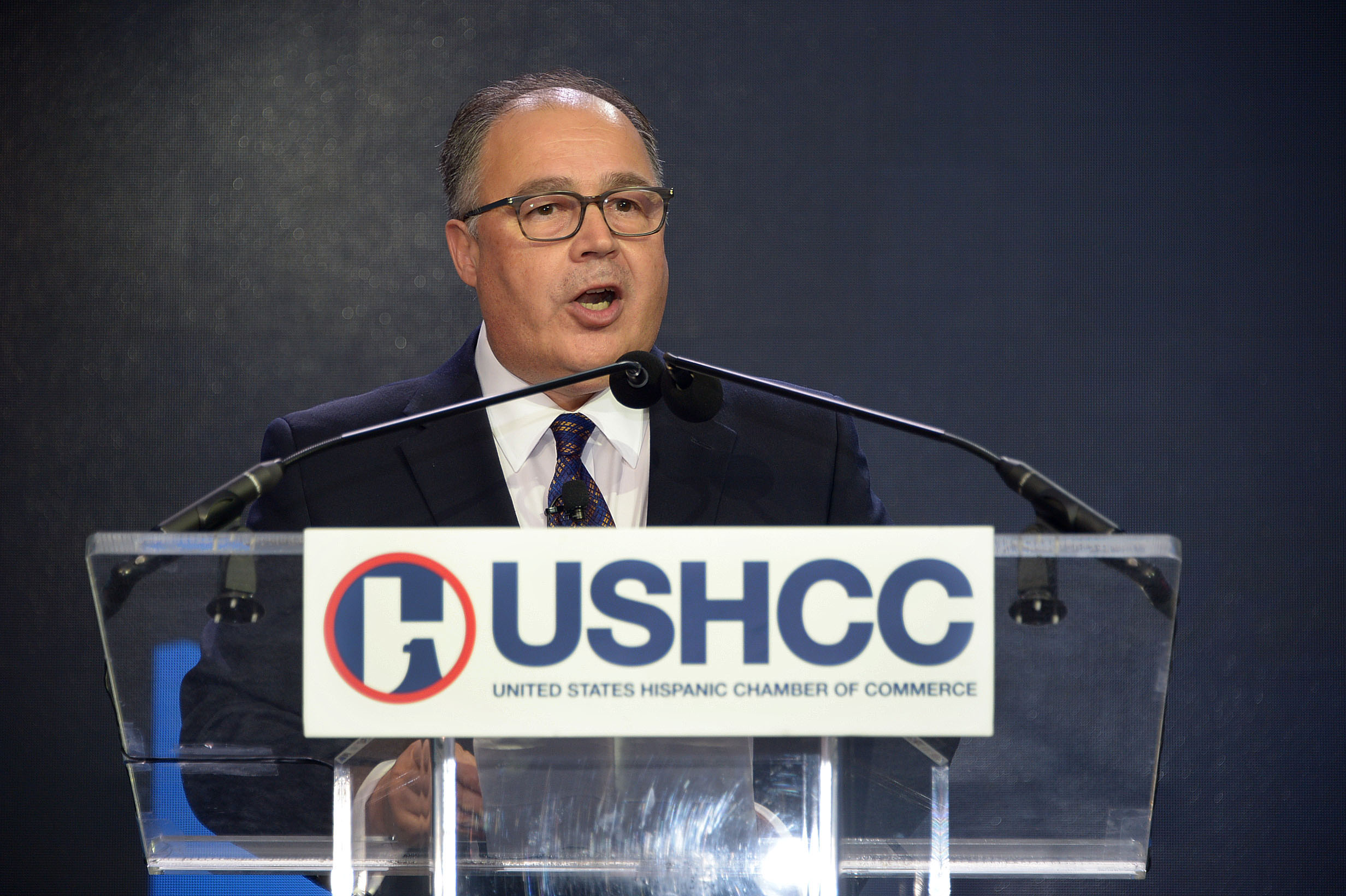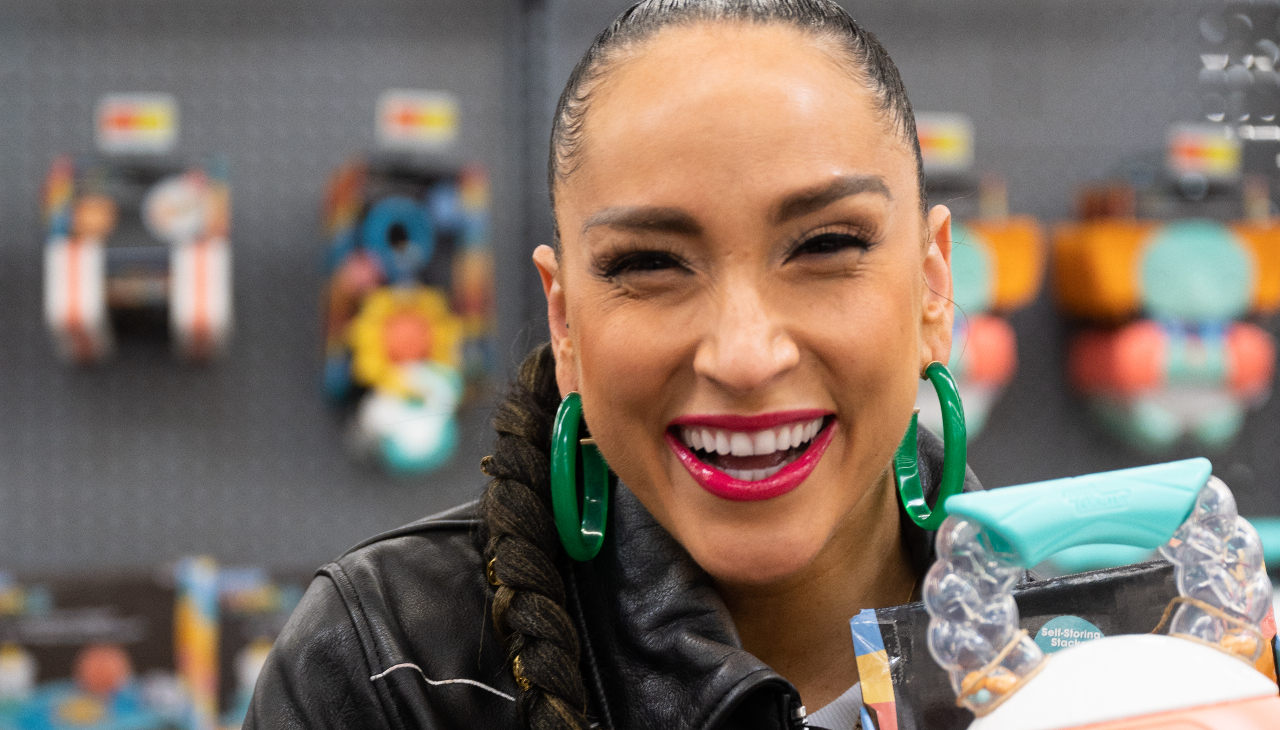
Access to capital for Latino entrepreneurs 'severely limited'
Few Latino-owned businesses reach $1 million in annual revenue. Lack of access to capital is a contributing factor.
It’s a curious statistic.
During a July interview with the Aspen Institute after the organization’s Forum on Latino Business Growth, Claire Kramer Mills, Assistant Vice President and Community Affairs Officer at Federal Reserve Bank of New York, said one figure she learned at the convention particularly surprised her.
“Only two percent of Latino-owned businesses have scaled to $1 million or beyond in annual revenues,” Kramer Mills said.
According to the U.S. Hispanic Chamber of Commerce, which will host its National Convention in Philadelphia next year, there are more than 4.2 million Hispanic-owned businesses in the country, contributing annually nearly $670 billion to the national economy.
So, how can it be that only two percent of these businesses have reached that $1 million annual revenue mark?
RELATED CONTENT
To Kramer Mills, the statistic does not imply that these businesses are unable to make an impact outside of the Latino market, nor does it indicate that these businesses are over-represented in “slow-growth industries.” The challenges facing Latino entrepreneurs are numerous and complex, but Kramer Mills identifies one major hurdle — access to capital for Hispanic-owned businesses "at the best terms and interest rates is severely limited."
“From the capital perspective, large shares of Latino-owned businesses simply aren’t served well by the financial mainstream,” Kramer Mills said. “Either lenders deem them too risky or do not think they have sufficient track records.”
Kramer Mills suggests that there is a need to pay attention to the ability of “alternative channels of capital” to “safely and transparently” serve Latino-owned businesses. Do these channels, such as non-profit financial solutions and online lenders, provide services necessary to allow Latino-owned businesses to establish strong credit?
One thing is for certain — as the percentage of Hispanic entrepreneurs has more than doubled in the past 20 years, jumping from 10 percent of the total number of U.S. entrepreneurs in 1996 to 24 percent in 2016, the issue of limited access to capital for Latino-owned businesses is a problem that demands a solution.











LEAVE A COMMENT:
Join the discussion! Leave a comment.